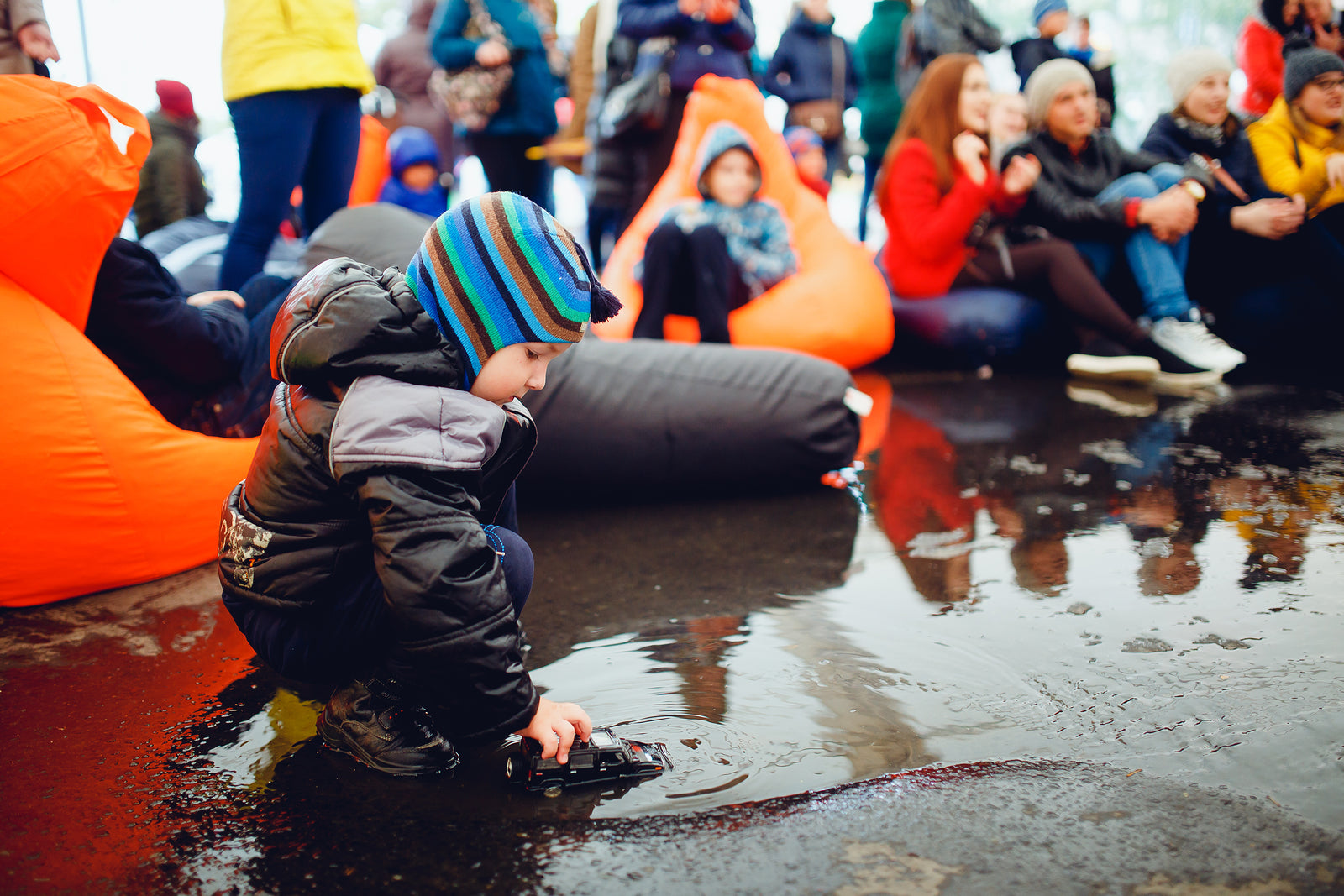Drones in Hurricane Relief

2017 brought some of the most powerful storms of the decade, resulting in $188 billion in damages, most of which were due to three major storms of the Atlantic hurricane season — Harvey, Irma, and Maria. As manned aircrafts were too large and heavy to land in many of the affected areas, aid efforts sought unorthodox solutions.
The American Red Cross teamed up with the UPS Foundation to bring drones to natural disaster sites. After Florida and the Caribbean suffered from widespread destruction due to Irma’s floodwaters and winds, the FAA issued 132 airspace authorizations for drones to aid in recovery and response efforts.
Advantages of Drones for Disaster Relief
We already know how useful drones can be in the field of telemedicine. Drones can perform a wide variety of critical tasks when natural disasters strike, including finding people in need of urgent help and delivering medical supplies. Drones also have advantages over traditional search-and-rescue efforts.
In preliminary research conducted last year in Europe, drones found isolated people significantly faster than ground-based rescue teams. Drones can also deliver life jackets and rescue ropes to areas ground-based rescuers can’t access as well as predict further flooding and provide estimates of how long specific areas will remain underwater.
How Drones Are Being Used for Hurricane Relief
Air National Guard and Border Protection
The Air National Guard has also deployed drones that are typically used for combat operations to aid in performing aerial surveys, measure the destruction of a disaster-stricken area, and determine which areas need the most immediate assistance. Likewise, Customs and Border Protection are using UAVs to map areas in Florida and are using radar to survey key geographic points on infrastructure.
Commercial Drones and Florida Power
Commercial drone companies are helping to provide clear shots of damaged homes in Florida to insurance companies so that they can act quickly on claims. Florida Power is using dozens of drone teams to aid in restoring electricity and air conditioning by sending drones to survey areas as that are not yet accessible by other vehicles.
Red Cross and CyPhy
The Red Cross pilot program uses CyPhy Works’ Persistent Aerial Reconnaissance and Communications (PARC) platform. The platform provides continual power to drones flying stationary and up to 400ft in the air via a tether. With the drone tethered, consistent power can be provided to the UAV from a generator on the ground. This allows for uninterrupted surveillance for weeks at a time. Equipped with a 30X zoom camera, the drones can survey several miles, allowing users to assess the impact of a disaster in order to best direct relief efforts.
Drones have played an invaluable role in hurricane relief efforts in 2017, and will likely continue to improve natural disaster relief efforts for years to come. As stated by FAA Administrator Michael Huerta, “I don’t think it’s an exaggeration to say that the hurricane response will be looked back upon as a landmark in the evolution of drone usage in this country.”




